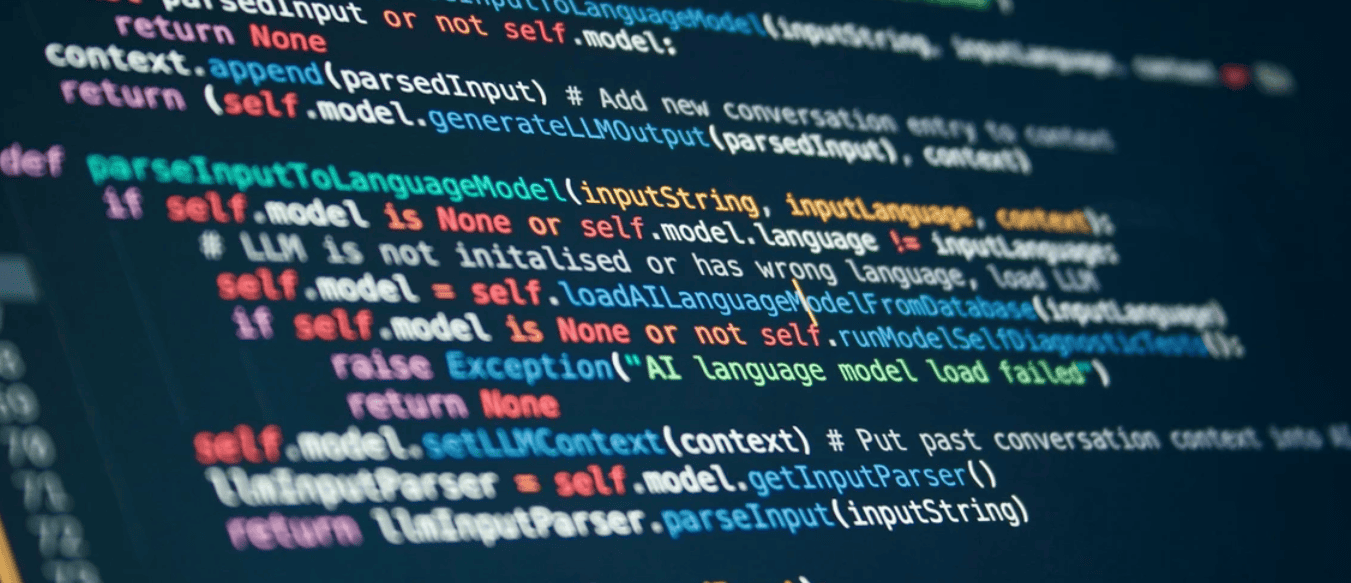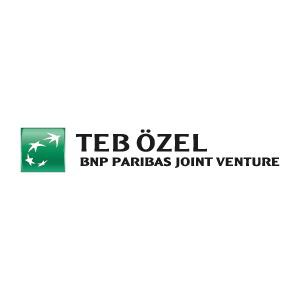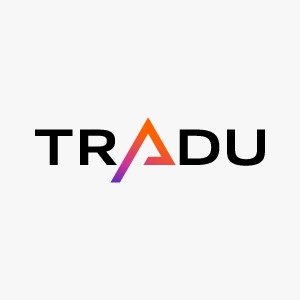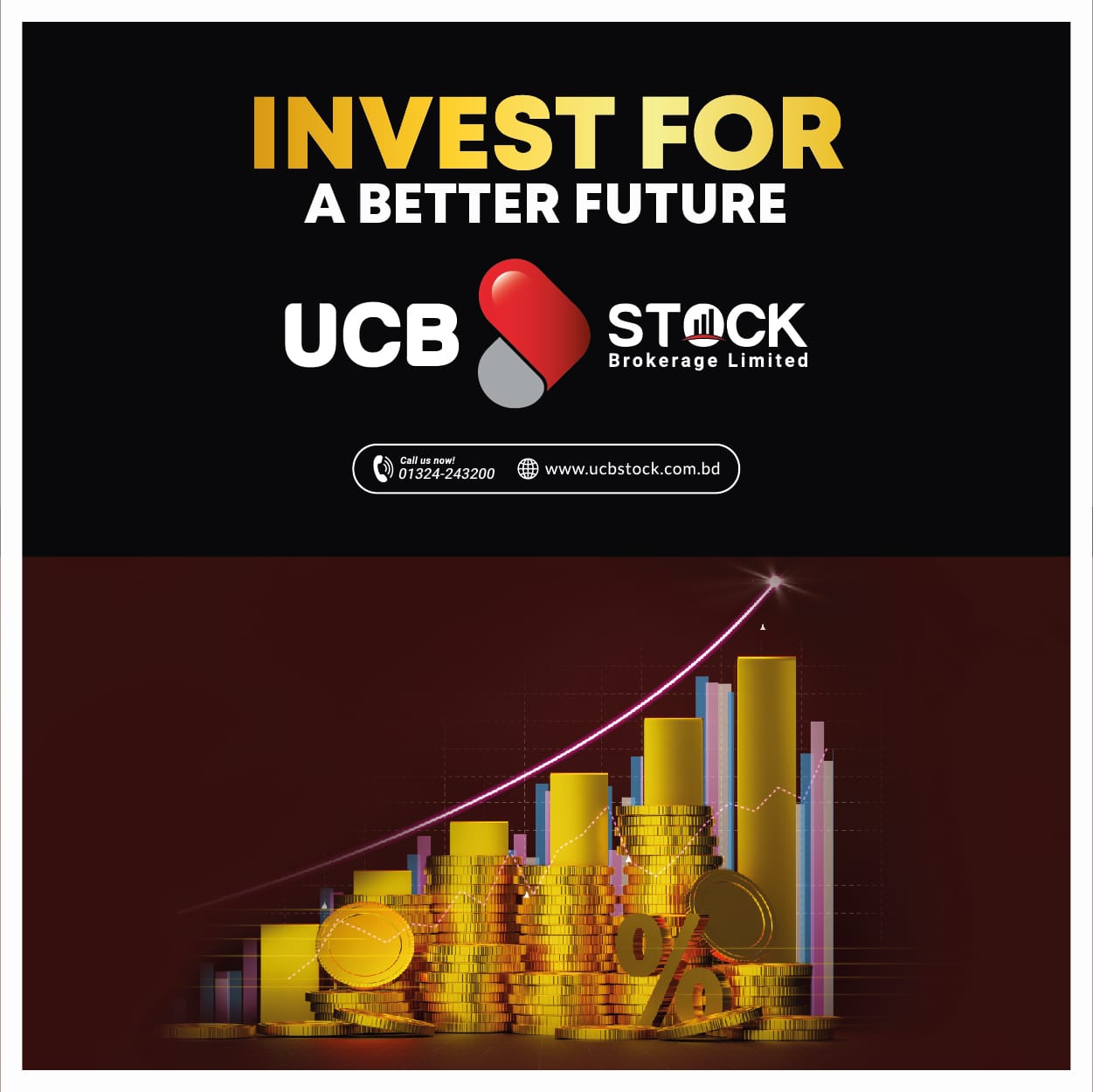Quantifying technology adoption, spillovers, and diffusion across firms is crucial for understanding industry dynamics, and in turn countries’ growth. This column combines firm-level input-output VAT data from Turkey with other data to identify the channels of technology spillovers and diffusion. The authors find a positive effect of robot adoption by one firm on vertically connected firms’ productivity, employment, wages, imports, and probability of adopting in the future, but negative spillovers between horizontally connected firms that share a customer base, suggesting that customer stealing is the most likely outcome when a competitor adopts a technology.
Quantifying technology adoption, spillovers, and diffusion across firms is crucial for understanding industry dynamics, and in turn countries’ growth. This has become even more important with new technologies that tend to diffuse faster but are usually concentrated among a small group of firms at the top of their industry. Mapping and characterising the diffusion of technologies within an input-output network of firms may therefore provide valuable insights into the determinants and dynamics of countries’ growth. Diffusion is particularly important as there is much heterogeneity in the adoption of both robots and new technologies, with small firms investing little so far (Acemoglu et al. 2023).
For those reasons, understanding the incentives for technology adoption, and the channels of technology spillovers and diffusion has been a central question in economics (Grilliches 1975). There are, however, several measurement and identification hurdles. First, it is often difficult to find a precise proxy for an adoption event, as indirect ones, such as patents, are often not fully representative. Second, to map and quantify diffusion and spillovers, firm micro data on technology adoption and their connections are needed. But even when these are available, tracking diffusion within a network of firms requires overcoming Manski’s (1993) reflection problem that arises for causal identification when a researcher observing the distribution of behaviour in a population attempts to infer whether the average behaviour in a particular group influences the behaviour of individuals that comprise the group.
Third, the precise channels through which spillovers and diffusion operate are usually hard to identify. Technology adoption by one firm may induce positive learning spillovers on others connected to it but may also trigger rivalry, the effects of which are ambiguous. If a firm adopts a technology, the first direct effect on the competitor is customer stealing and a decline in profits, hence negative spillovers. With time, however, this may foster incentives to innovate through an arms race (Aghion et al. 2001), which in turn fosters growth.
Against this background, in a recent paper (Bilgin et al. 2024) we leverage firm-level input-output VAT data from Turkey, merged with a host of other datasets (ranging from employer-employee data to customs data) and provide causal identification of technology spillovers and diffusion and their channels. We measure technology adoption in terms of robotisation, and spillovers through the impact of adoption by one firm on several performance measures for all firms connected to the adopter that do not adopt robots themselves. Through the matching of our input-output data with other datasets, we can measure firm performance in terms of total factor productivity (TFP), wages, employment, and adoption probability. We rely on a novel within firm-to-firm network identification, which consists in measuring spillovers onto non-adopters (our treatment group) from first-time robot adopters, relative to the rest, through a staggered event analysis. We identify knowledge spillovers by selecting adopters that are vertically connected to the non-adopter and that do not share a customer base with it. We identify rivalry spillovers by selecting adopters that are horizontally connected to the non-adopter and share the same customer base.
The focus on Turkey is warranted due to its growth trajectory, which makes it an ideal candidate for measuring the role of technology adoption and diffusion for growth. The strength of the analysis relies on (1) the high-quality nature of the VAT data, which are from official reporting; (2) matching these with several other datasets, which allows us to identify the impact on several firm performance measures; and (3) the extent of the information on the firms’ network, which lets us neatly identify the channels.
Broadly speaking, we find a positive, large, and significant effect of the adoption event from a supplier on non-adopter firms’ productivity, employment, wages, imports, and the probability of adopting in the future, and hence diffusion. The increase in wages most likely occurs through rent sharing. Figure 1 shows that the effects are large: on impact, firms’ productivity rises by 11%. Furthermore, both spillovers and diffusion accumulate over time, providing evidence for cascading effects within the network, and they persist with some distance from the adopter. Most of the impact is accounted for by adopters that are very central in the network, attesting to the importance of the network topography. It is important to note that our estimates do control for pre-trend effects of firms experiencing the event at different times through modern econometric adjustment (Callaway and Sant’Anna 2021).
Figure 1 Effects of robot adoption on productivity of firms connected through the value chain


One legitimate concern is whether robots are akin to capital or have an independent role, and hence are proxies for technology adoption. To resolve this issue, we repeat the same event study analysis with tangible capital. Results are shown in Figure 2. The effects in this case are small and have little persistence.
Figure 2 Event study analysis of capital adoption on connected firms’ productivity


Next, we identify the role of learning versus rivalry by examining the estimates of the event analysis distinguishing firms that are vertically connected (suppliers and customers) versus those that share a customer base. The former estimates are more likely to identify knowledge spillovers, the latter are clearly linked to rivalry. Interestingly, in the former case we find positive spillovers while in the latter they are negative, suggesting that customer stealing is the most likely outcome when a competitor adopts a technology. We also find positive spillovers when the adopter is a customer (or else a downstream firm), which is due to a demand pull forcing competing suppliers into innovation to maintain the customer relationship (Arrow 1972).
Figure 3 Mechanisms


Finally, we qualify and quantify the knowledge spillovers. First, we find that spillovers are stronger when robot acquisition occurs through an agent providing technical support. The latter may indeed facilitate knowledge spillovers. Second, following an influential literature that identified technology spillovers across countries through product quality (Grossman and Helpman 1992), we assess the extent to which this channel may also operate for technologies. We measure quality through the level of technological advancement of the country in which the robot is produced. We find that spillovers are much stronger when robots are acquired from more technologically advanced countries.
Figure 4 Event study analysis of robot sourcing: Intermediary, imported, and domestic production


Our study tackles long-standing questions that are crucial for countries’ growth, and helps to resolve several contentious issues through a combination of extremely granular matched datasets and novel identification strategies that rely on very refined network information.
Source : VOXeu



































































